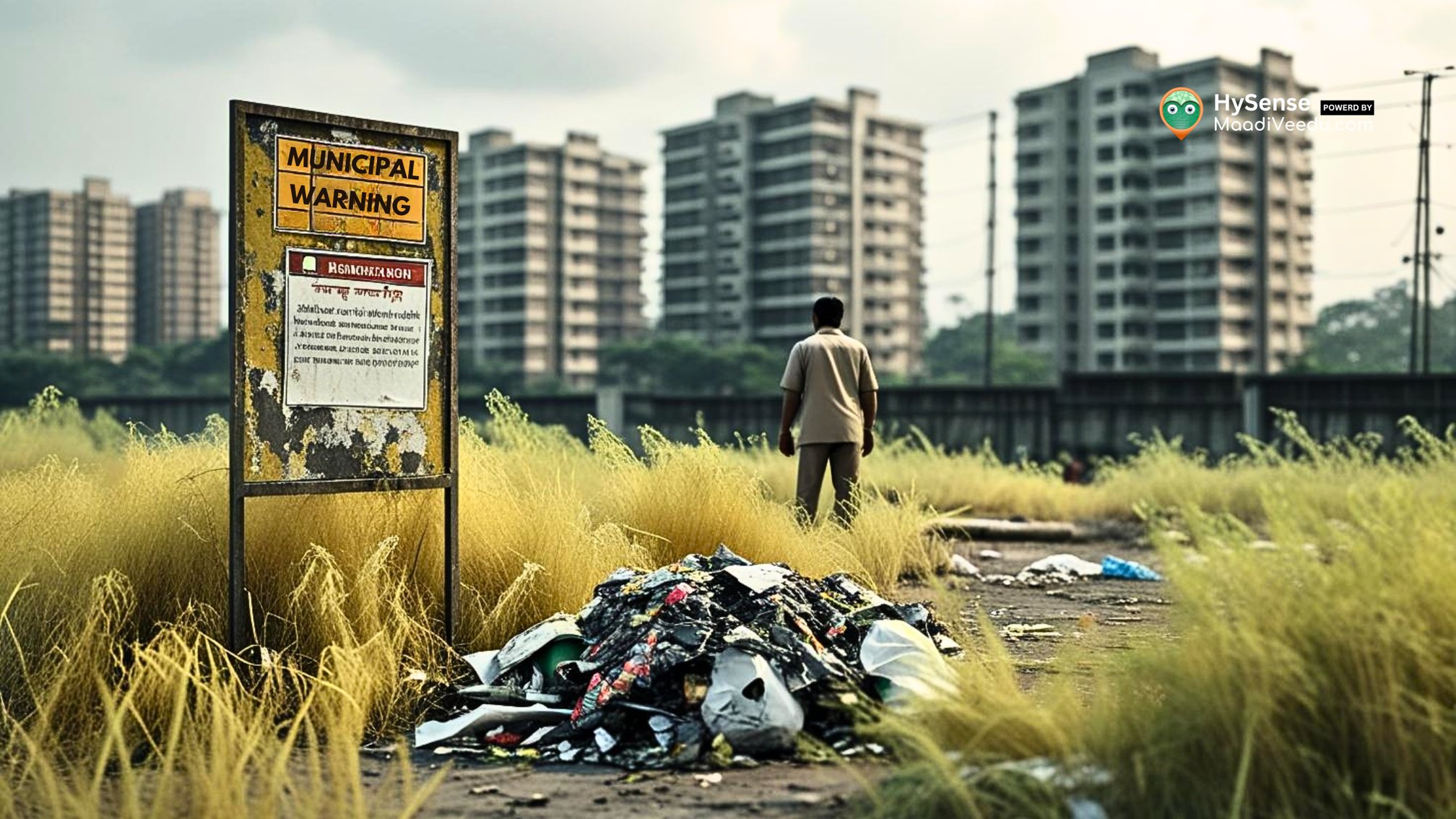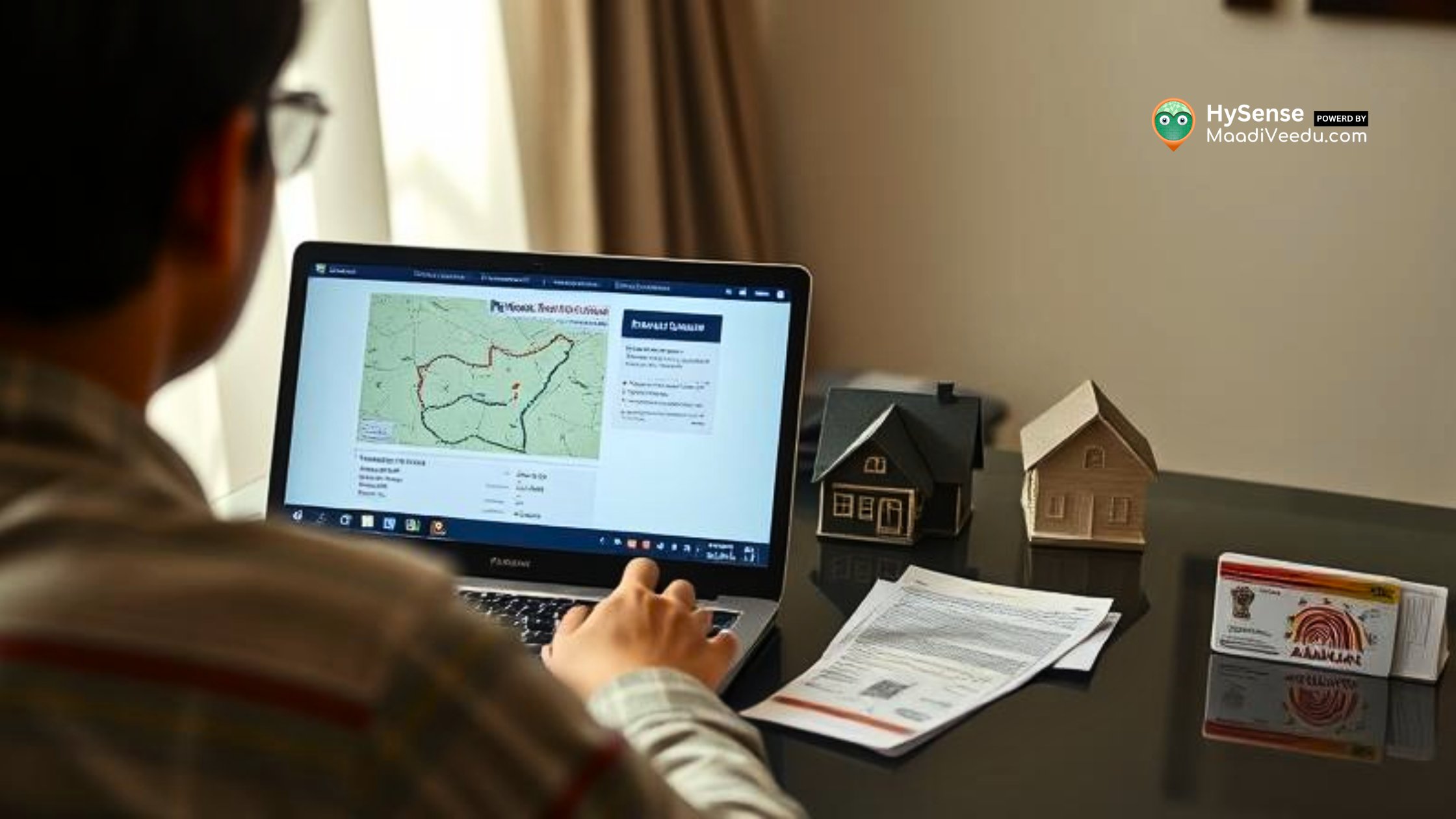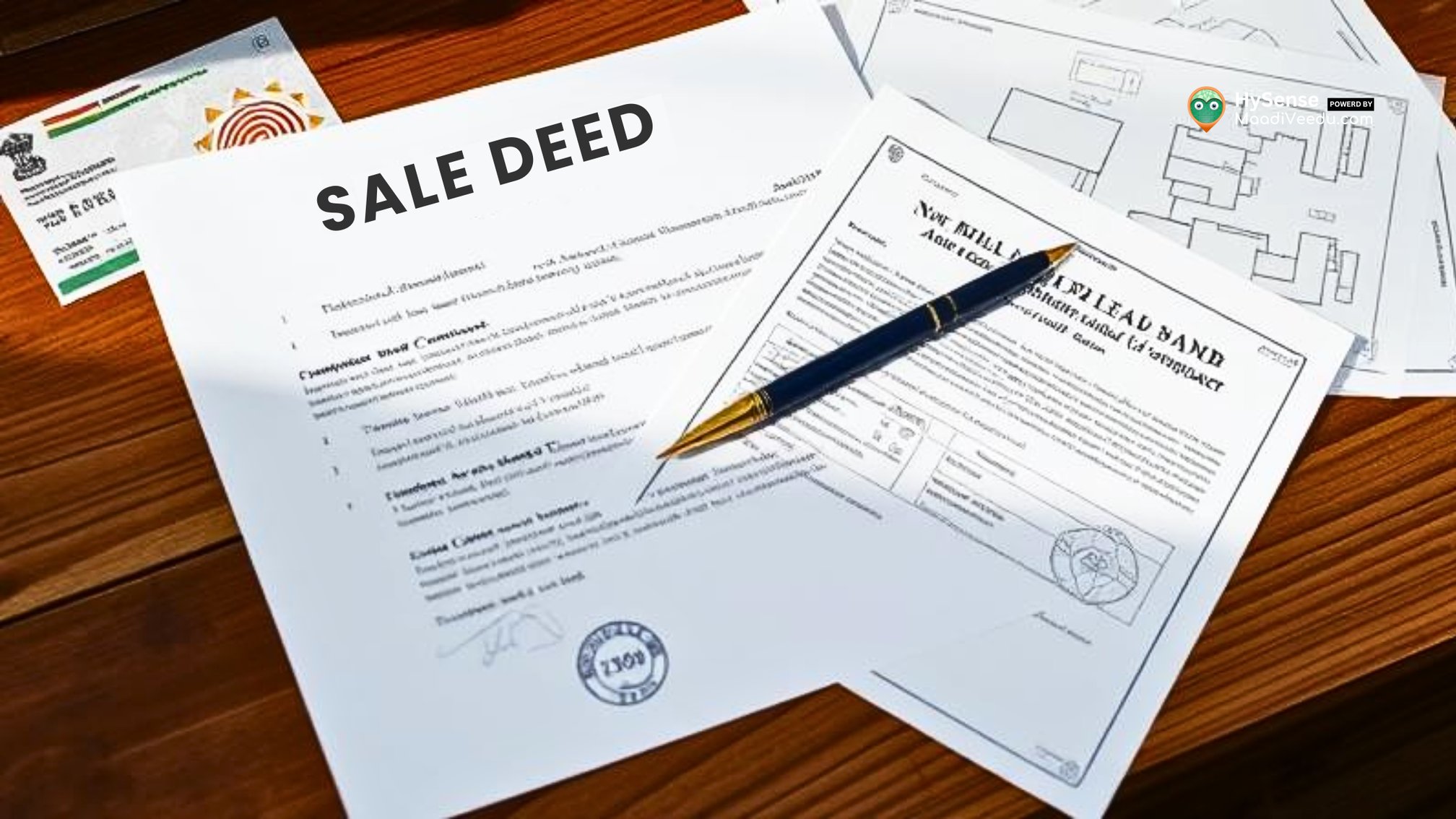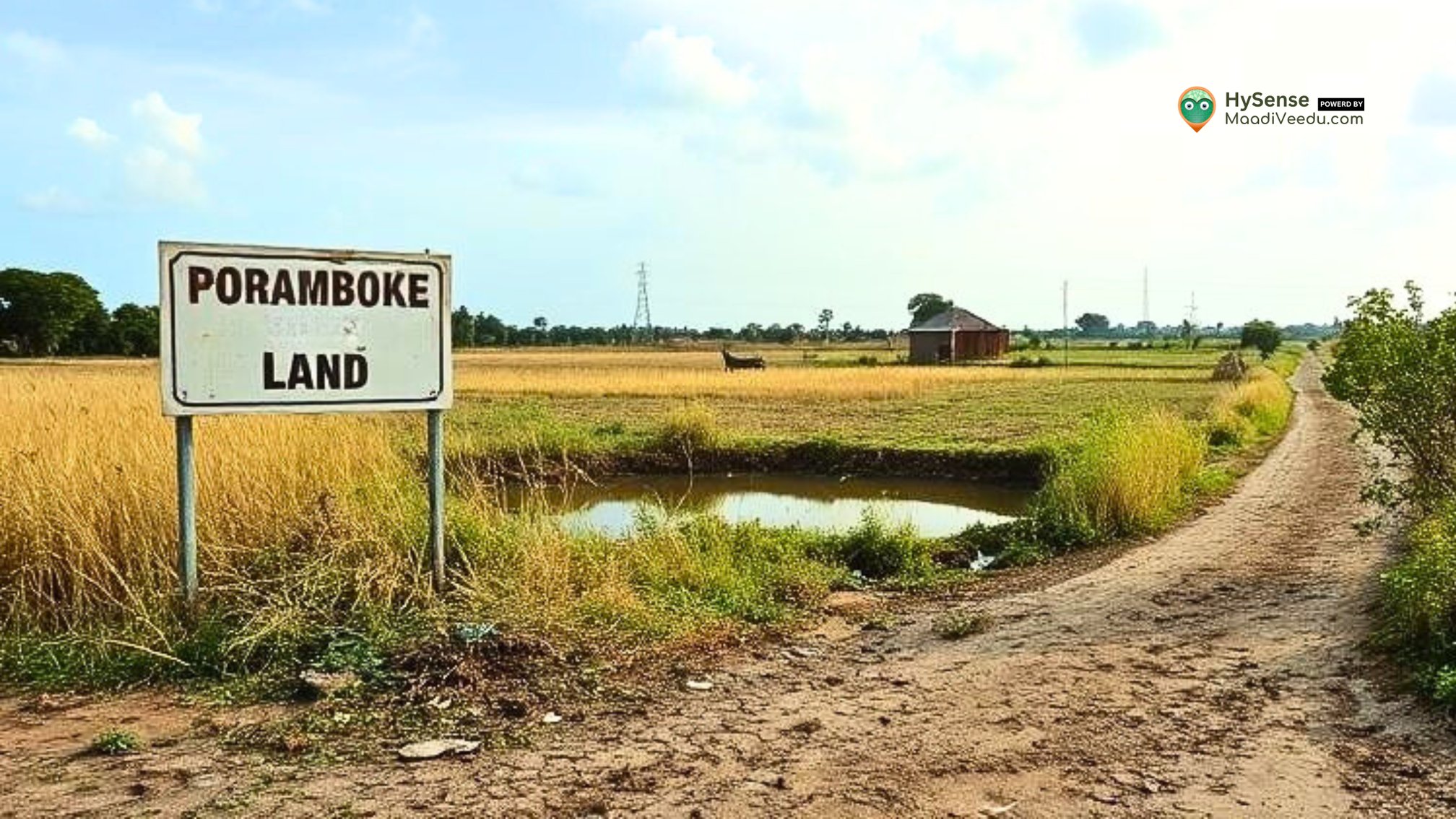How to Access Agricultural Land Development Subsidies | Step-by-Step Guide
Learn how to apply for government subsidies to develop agricultural land. Get financial aid for irrigation, soil health, machinery, and more. Start today

Table of Contents
Agriculture isn’t just a profession — it’s a way of life that sustains entire communities. But preparing the land for farming is never easy. Whether it’s irrigation, soil health, or machinery, every step costs money — often more than what a farmer can afford upfront.
That’s where agricultural land development subsidies come in. These are government-backed support systems to help farmers improve their land without carrying all the burden alone.
Yet, even in 2025, many farmers don’t fully know how to access these subsidies, or what schemes are available. This blog aims to change that — by giving you a simple, detailed, and practical guide that speaks your language.
Explore available farmland listings designed for eligibility under government development schemes — updated with soil type, water access, and documentation details.
What Are Agricultural Land Development Subsidies?
Subsidies are financial aids provided by the government to help farmers reduce the cost of farming improvements. These are not loans, and don’t need to be repaid.
They can be used for:
- Installing drip or sprinkler irrigation
- Improving soil with organic inputs
- Buying tractors or other equipment
- Building greenhouses for protected farming
- Conserving water through rainwater harvesting
- Getting insured against crop failure
These schemes are designed to support real farmers like you — not just large-scale commercial ones.
Why These Subsidies Matter Now More Than Ever
In recent years, farmers have faced:
- Unpredictable weather
- Water shortages
- Increasing labour costs
- Declining soil fertility
Subsidies can act as a safety net and a stepping stone to modern, efficient, and sustainable farming — especially if you have small to medium-sized landholdings.
Types of Agricultural Subsidies You Should Know (2025)
1. Irrigation System Subsidies
Water management is one of the biggest challenges. Drip or sprinkler irrigation can save water and increase crop yield — and the government supports it.
What You Get:
50% to 70% subsidy on installation cost, depending on your state and category.
Best For:
Farmers in dry or rain-fed regions.
2. Soil Health and Organic Farming Subsidies
Healthy soil gives better crops. The government provides incentives for composting, vermiculture, green manure, and organic practices.
What You Get:
Financial aid for setting up compost units, bio-fertilisers, and testing soil.
Best For:
Farmers moving away from chemical-based farming.
3. Machinery Purchase Subsidies
From small implements to tractors and seed drills — everything costs money. But you don’t need to buy it all alone.
What You Get:
25% to 50% subsidy for approved farm machinery. Special category farmers (women, SC/ST) may get more.
Best For:
Farmers upgrading from manual labour to semi-mechanised or mechanised farming.
4. Greenhouse/Polyhouse Subsidies
These protect your crops from unpredictable weather. Government supports such infrastructure through capital subsidies.
What You Get:
Up to 50–60% subsidy for building structures like greenhouses, shade nets.
Best For:
High-value crop farmers (flowers, vegetables, fruits).
5. Crop Insurance (PMFBY)
Floods, droughts, pest attacks — nature isn’t always kind. But you don’t have to face losses alone.
What You Get:
Premium subsidies under Pradhan Mantri Fasal Bima Yojana (PMFBY).
Best For:
All farmers growing notified crops in notified areas.
6. Water Conservation Subsidies
Government encourages rainwater harvesting, farm ponds, check dams, and recharge pits through direct subsidy.
What You Get:
Cost-sharing on water-saving structures and rainwater harvesting setups.
Best For:
Farmers in water-stressed zones.
How to Apply – Step-by-Step (No Agent Needed)
Step 1: Check Eligibility
Most subsidies need:
- You to be a registered farmer
- Own or lease agricultural land
- Show proof of farming activity
Some schemes have age, land size, or region-specific conditions.
Step 2: Get Your Documents Ready
Prepare:
- Aadhaar card or Voter ID
- Land records (Patta, Chitta, Adangal, etc.)
- Bank passbook copy
- Photos of land or existing equipment
- Soil test report (if applying under soil health schemes)
Step 3: Apply Online (No Commission Needed)
Use official websites only:
- agricoop.gov.in (Ministry of Agriculture)
- Your State Agriculture Department’s Portal
- Local Common Service Centres (CSC) for help
Step 4: Submit and Track
Once you apply:
- Keep your application number safe
- Be ready for a possible farm visit by government staff
- Track your status online or at the agriculture office
Real Example
A farmer in Salem district, Tamil Nadu, wanted to shift to drip irrigation for his turmeric crop. The total cost was ₹1.25 lakh. Through PMKSY, he received a ₹75,000 subsidy. Within a year, he saved 40% water and increased yield by 18%.
Browse land parcels that meet subsidy-related criteria such as irrigation potential, clear titles, and development scope — ideal for small and mid-scale farmers.
Hidden Schemes You Might Be Missing
Benefits That Go Beyond the Farm
1. Reduces Financial Pressure
You don’t have to spend lakhs from your pocket. These subsidies cut the burden.
2. Increases Productivity
With better water, soil, and tools, you grow more in the same land.
3. Protects Against Risks
Even if nature fails you, schemes like crop insurance support you.
4. Encourages Sustainable Farming
You grow responsibly — saving resources for the future.
5. Uplifts Rural Life
Better yield = better income = better education and life for your family.
Not sure if your farm is subsidy-ready? Check this Checklist Before Applying for Agricultural Subsidies in 2025 to avoid common mistakes.
Frequently Asked Questions (FAQ)
1: Can I apply for more than one scheme?
Yes. You can apply for multiple subsidies if you meet the eligibility criteria for each.
2: Do I need to pay anything upfront?
Some schemes require partial upfront investment. The rest is reimbursed after inspection.
3: What if I don’t have internet access?
Visit your village agriculture office or Common Service Centre (CSC) for support.
4: How long does subsidy approval take?
It can take 30 to 90 days, depending on the scheme and document verification.
5: Will someone visit my farm?
Yes. In most cases, an agriculture officer will inspect your land before sanctioning the subsidy.
Call to Action
If you own farmland and haven’t yet explored these subsidies, now is the time.
Browse land listings suitable for subsidy-based farming and learn more from real stories at
For more farming insights, visit blog.maadiveedu.com










